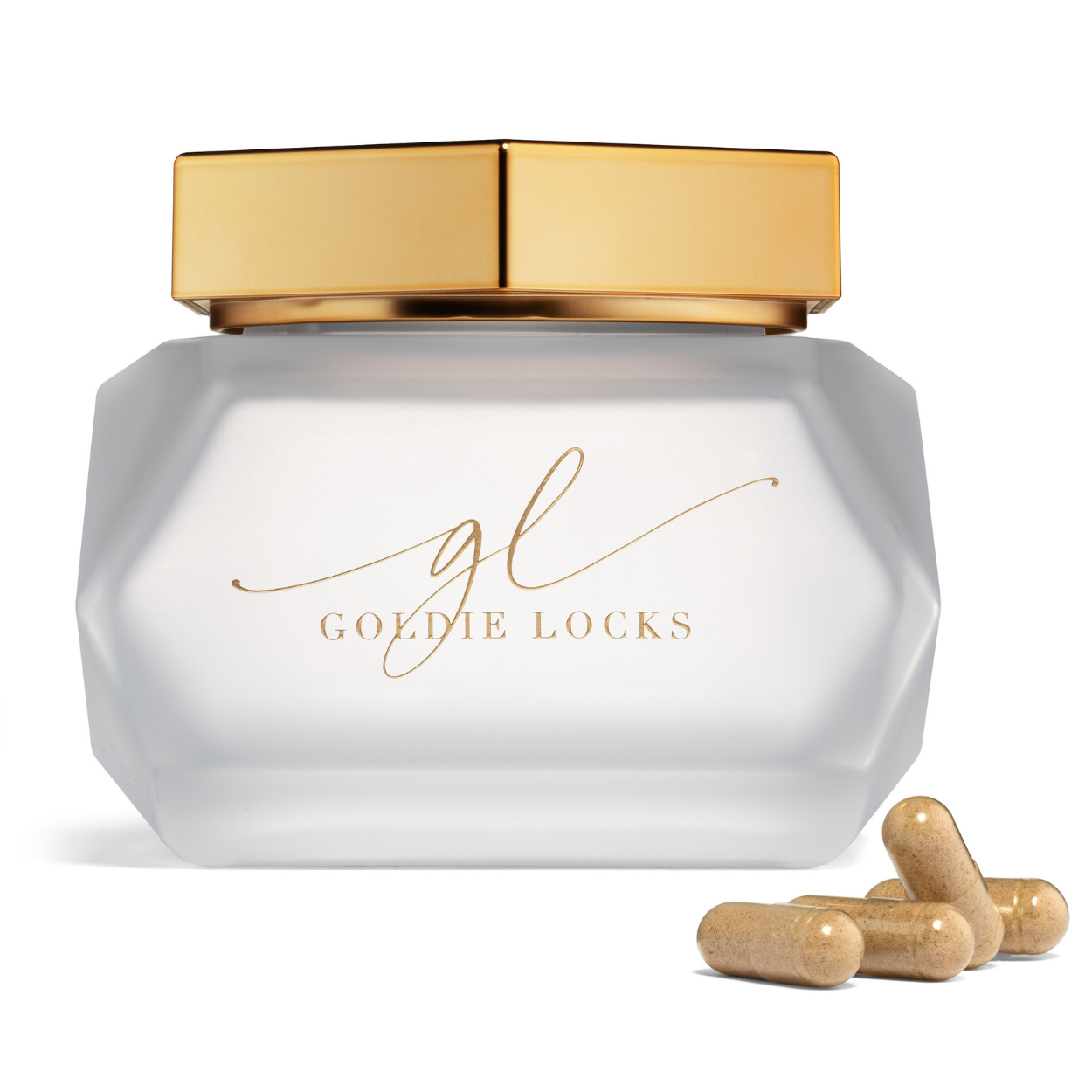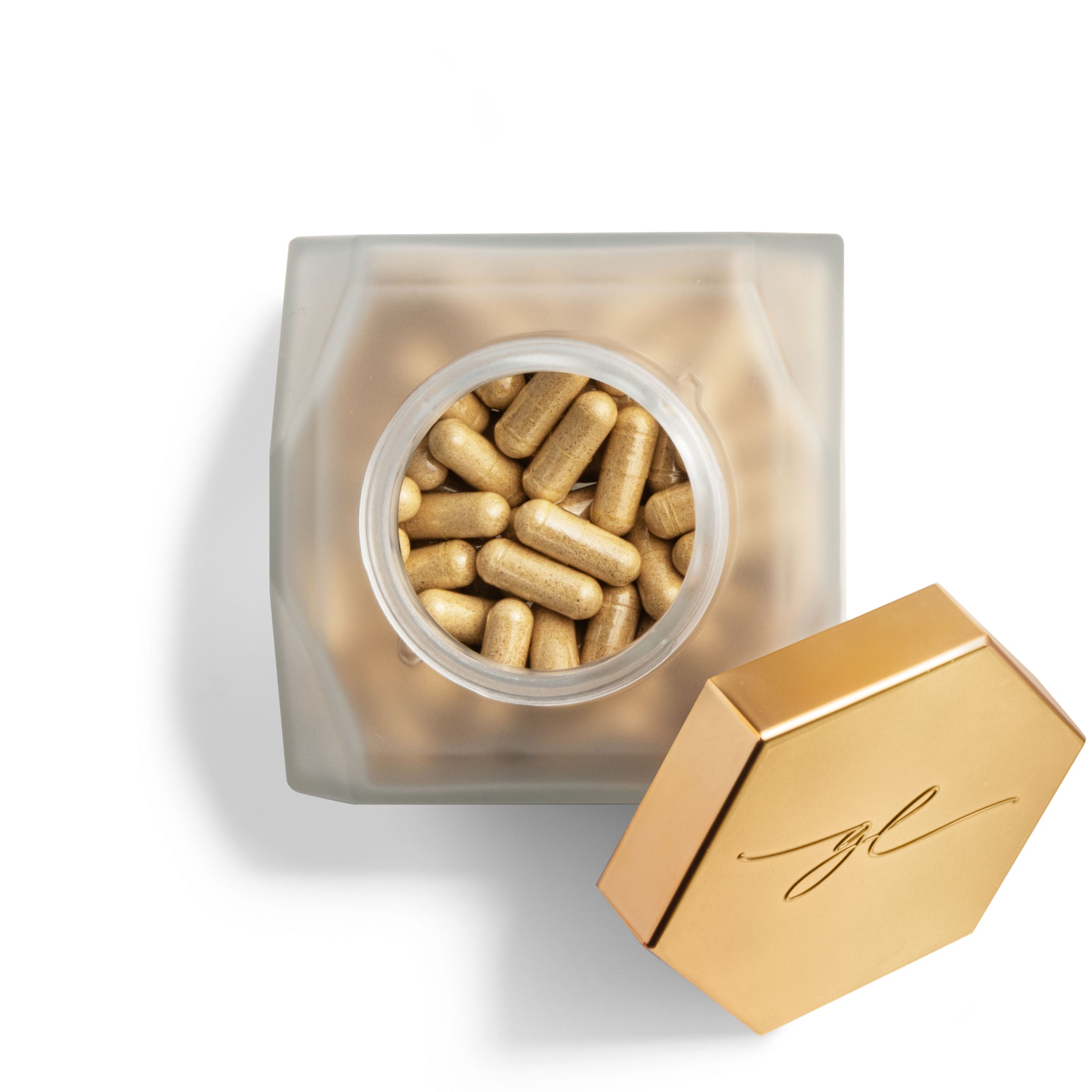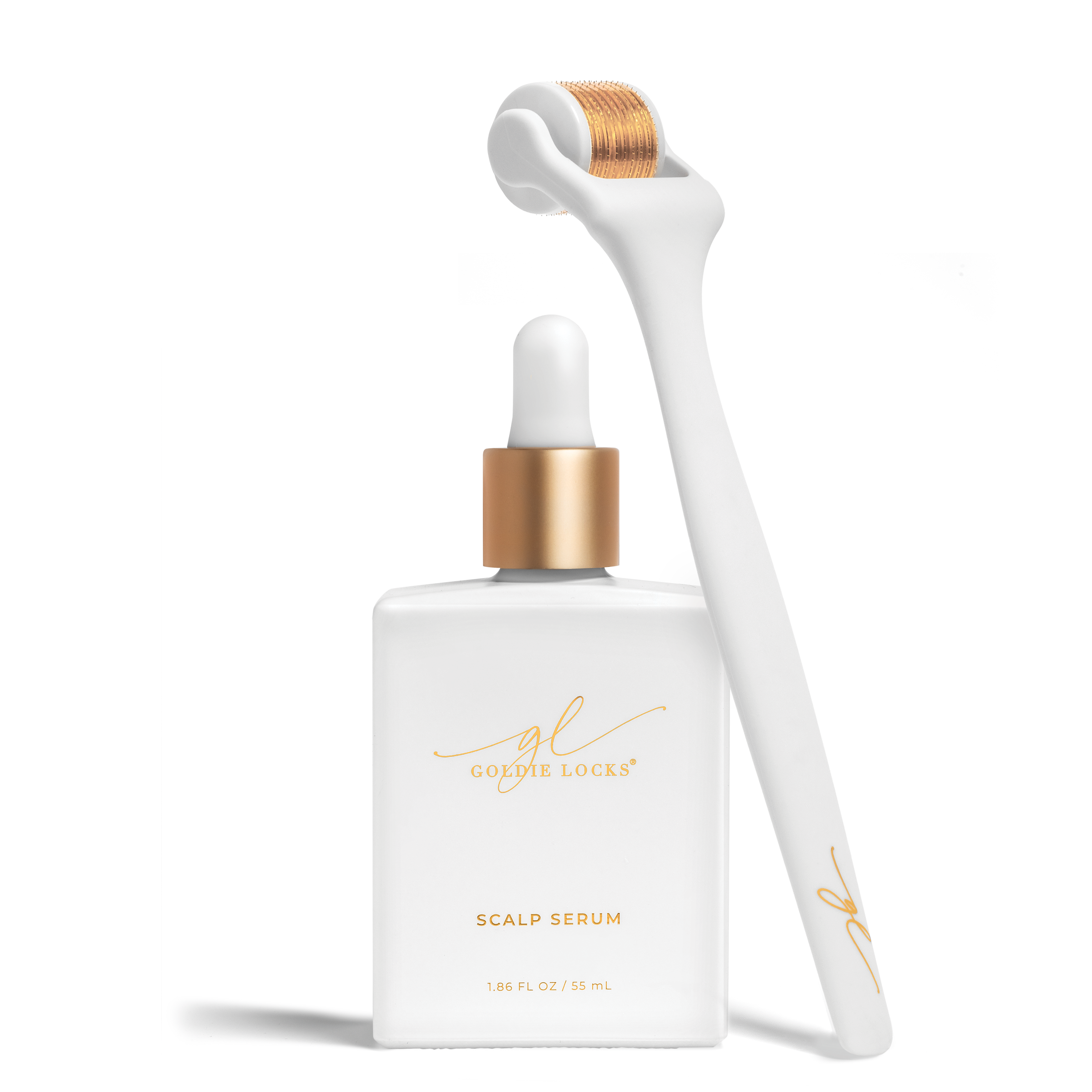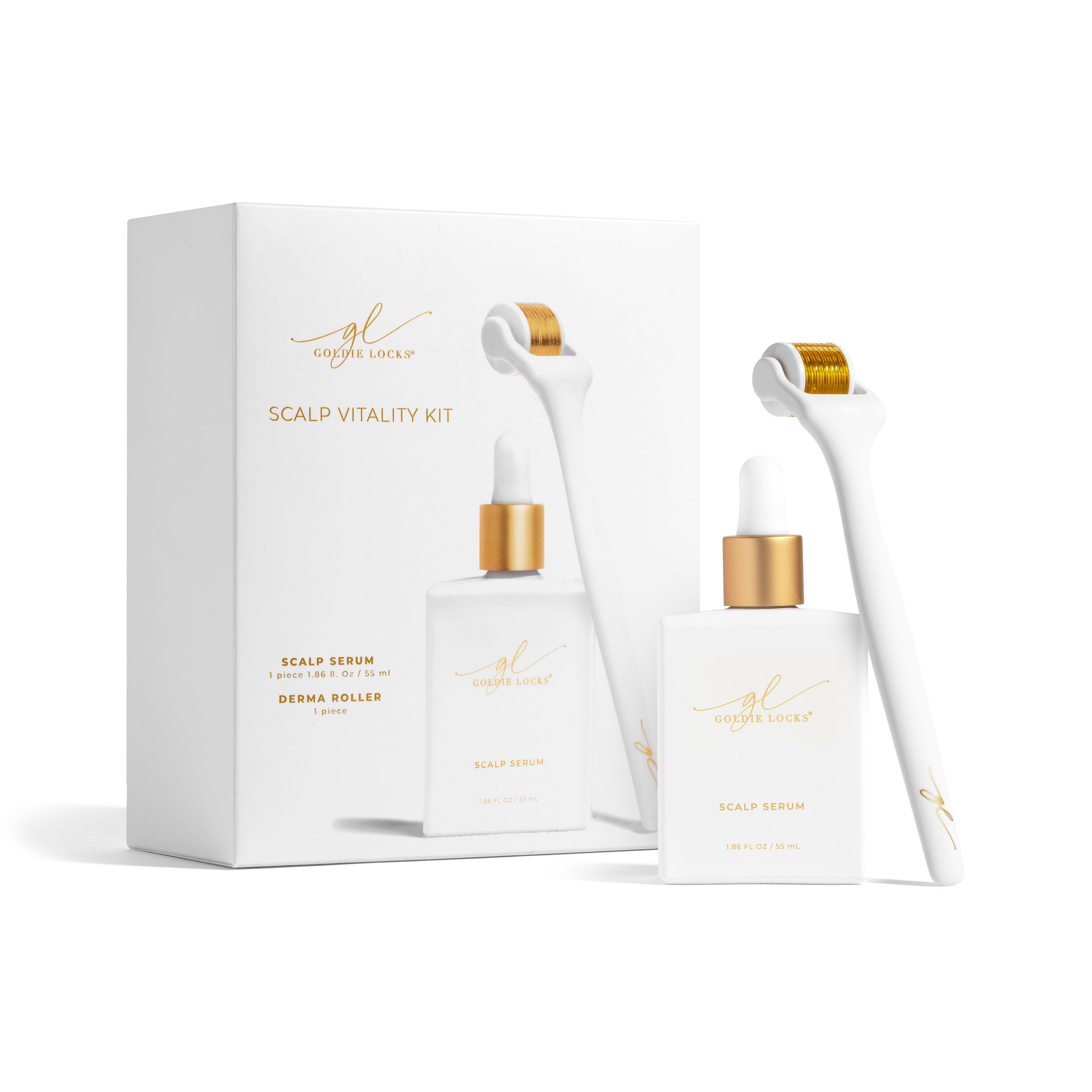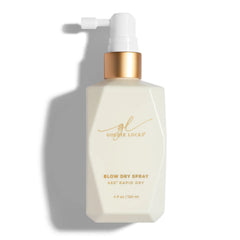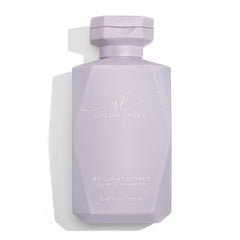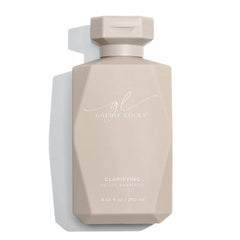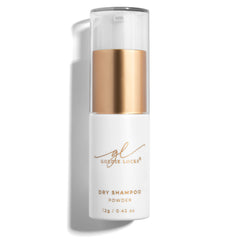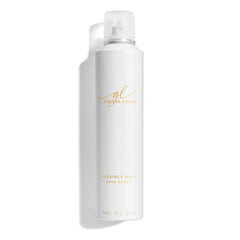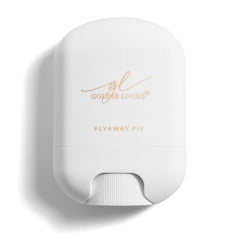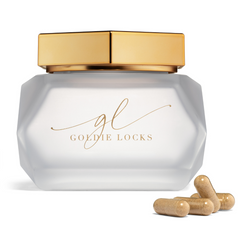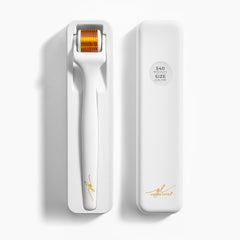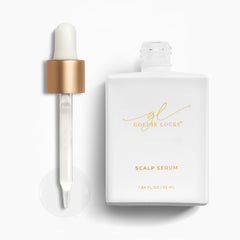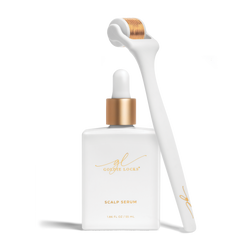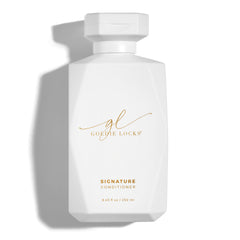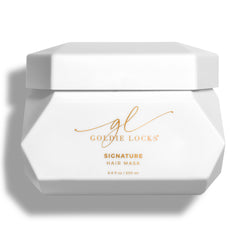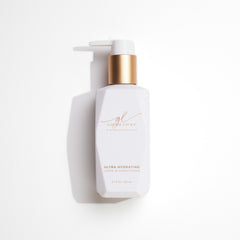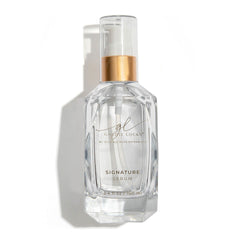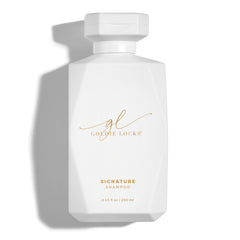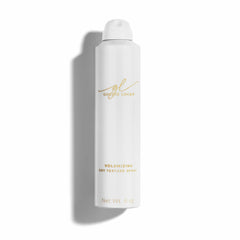Preservatives get a bad reputation. But in reality? They’re one of the most critical components in professional hair care especially if you're working with high-performance formulations and products sold on a wide scale.
Let’s unpack why preservative systems exist, how they work, and what every stylist should understand about what’s in their products and their clients’.
Why Preservatives Exist: Protection First
Hair care formulations are mostly water-based. And anywhere water exists, bacteria, mold, and yeast love to grow. Preservatives are added to prevent that from happening, protecting both the product’s safety and its shelf life.
Without preservatives:
-
A shampoo could spoil before it ever hits your backbar.
-
A conditioner could develop harmful microbes mid-use.
-
A serum could cause irritation, infection, or performance failure especially near the scalp.
In short, preservatives are not optional in professional-grade or mass-distributed products. They’re a requirement for anything sold beyond small-batch, made-to-order scenarios.
Beauty Has a Higher Standard And That’s a Good Thing
Here’s the irony: Many preservatives used in hair care are also approved for food and beverage. Yet, beauty products are held to stricter scrutiny even though we’re not eating them and often rinse them off.
Why? Because the topical exposure of ingredients (especially on compromised skin or scalp) comes with its own regulatory standards. Beauty brands must:
-
Ensure formulas remain stable through heat, humidity, or time
-
Pass rigorous microbial challenge testing
-
Comply with cosmetic regulations (like the FDA in the U.S. or EU Cosmetic Regulation abroad)
At Goldie Locks®, our preservative choices are always driven by safety, efficacy, and elegance. We aim to protect the formula while respecting sensitive skin and scalp microbiomes.
Types of Preservative Systems in Hair Care
Here are some of the most common preservative categories you’ll see in ingredient lists (INCI names shown):
|
Preservative Type |
Common Names (INCI) |
Function |
Found In |
|
Parabens |
Methylparaben, Propylparaben |
Broad-spectrum antimicrobial |
Older hair care, some conventional brands |
|
Formaldehyde-releasers |
DMDM Hydantoin, Imidazolidinyl Urea |
Slow-release preservative system |
Occasionally in shampoo/conditioner |
|
Phenoxyethanol |
Phenoxyethanol |
Gentle alternative to parabens |
Common in luxury and clean formulations |
|
Organic acids |
Benzoic acid, Sorbic acid, Salicylic acid |
Often combined for broader protection |
Natural-leaning or "green beauty" products |
|
Alcohol-based |
Benzyl alcohol, ethanol |
Short-term preservation; often drying |
Limited use, typically with oils |
|
Natural-derived blends |
Leuconostoc/radish root ferment, caprylyl glycol |
Eco-certified blends, broad-spectrum |
Clean and sensitive-skin products |
Note: Paraben use is regulated not banned. Many formulas today move away from parabens, not for safety reasons, but for consumer preference.
How Much Is Too Much? Formulation Matters
Preservatives are used in very small amounts typically between 0.1% and 1% of the entire formula. Their role is to protect the product, not overwhelm it.
Too little? The product risks contamination.
Too much? It could cause irritation or compromise the feel and function of the product.
What You’re Exposed to (And Don’t Realize)
We come into contact with preservatives every single day:
-
In our drinking water (chlorine, trace antimicrobials)
-
In food (sodium benzoate, potassium sorbate)
-
On fabrics (antimicrobial finishes in gym clothes)
-
In makeup, toothpaste, sunscreens, and even hand soap
In comparison, the trace levels used in a hair product often rinsed off within minutes are incredibly low. But what makes it matter is formulation: Is it balanced? Is it microbiome-friendly? Does it play well with other active ingredients?
That’s where Goldie Locks® stands apart.
We select preservative systems that protect the product without disrupting the experience. You’ll never find a harsh, drying formula just for the sake of shelf life.
For Stylists: What You Should Watch For
When evaluating products in your backbar or for your retail recommendations, look for:
-
No formaldehyde-releasing preservatives, especially in scalp care like DMDMh
-
Preservative compatibility with active ingredients
You Can’t Escape Preservatives But You Can Still Choose
Preservatives aren’t the villain they’re the guardian of every bottle in your salon. Without them, even the most premium formulas wouldn’t last long enough to deliver results.
As beauty professionals, it’s our role to educate clients, not scare them. The real question isn’t if preservatives are used but how well they’re chosen and how responsibly they’re formulated.
At Goldie Locks®, we protect what matters most your experience, your health, and your results and are proud to formulate in USDA certified organic and GMP and ISO standard labs.
